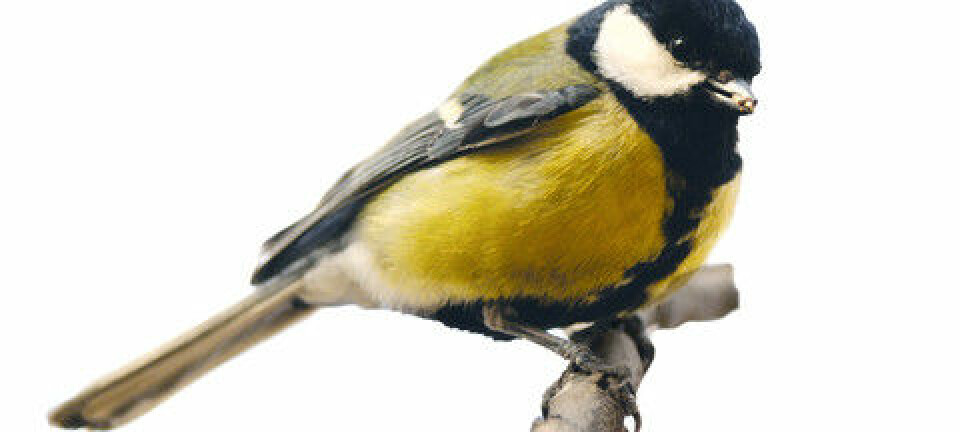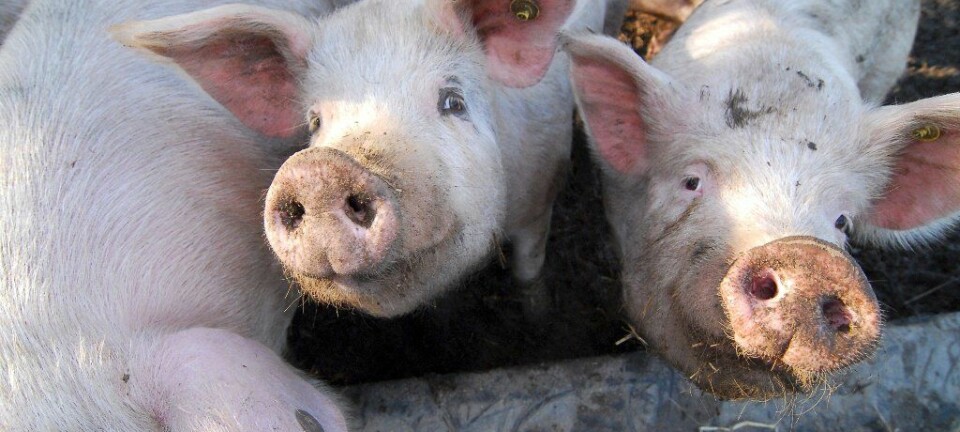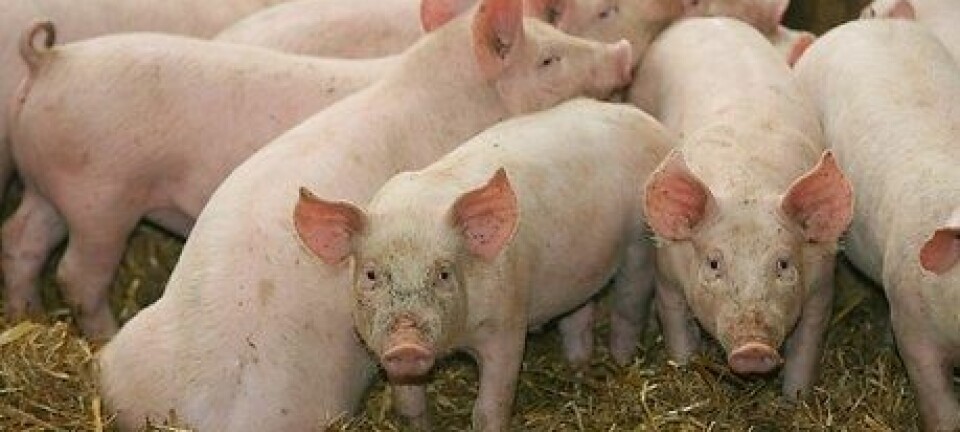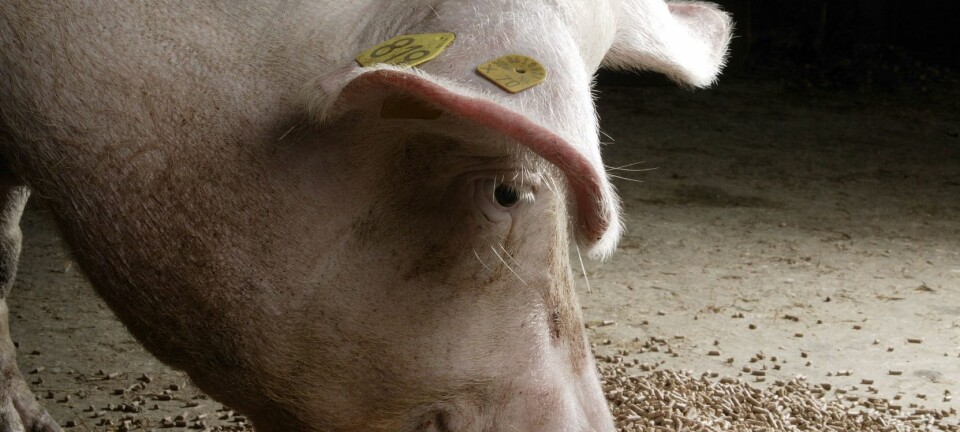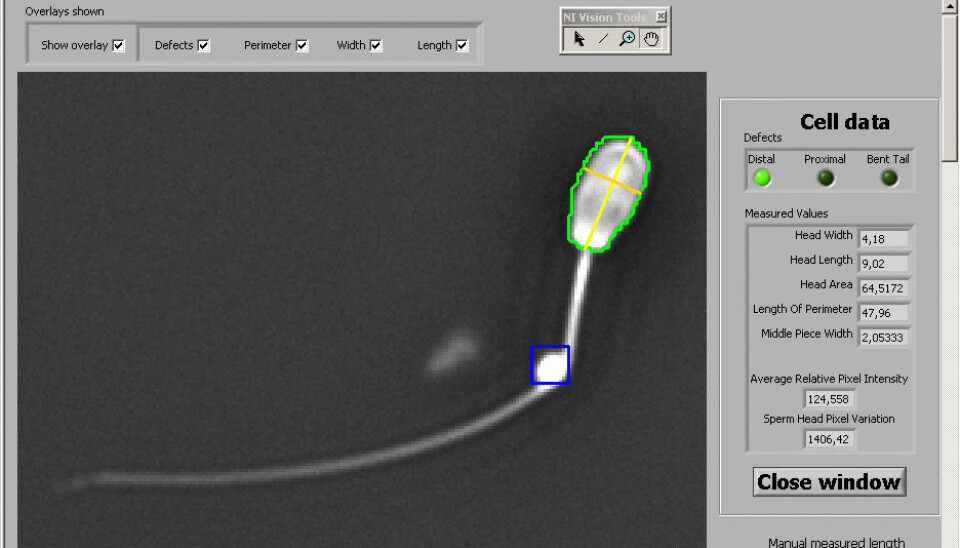
How to find good sperm
Scientists have developed a new method for checking sperm quality in boars. It might be possible to use the method to check men’s sperm quality.
Producing and selling boar sperm is a gigantic industry. About 5.5 million doses of boar sperm are sold to farms in Denmark alone each year, and the worldwide figure is astronomical.
Sperm quality must be very high to ensure that farmers get the largest possible number of new-born porkers from each sow. Sperm quality is thus checked on a regular basis.
Today, boar sperm quality is checked manually by examining the sperm under a microscope. But a Danish PhD student and colleagues have developed a method that uses a microscope, a camera and a computer program to automate the process.
The new method makes it possible to identify the boars that produce the best sperm.
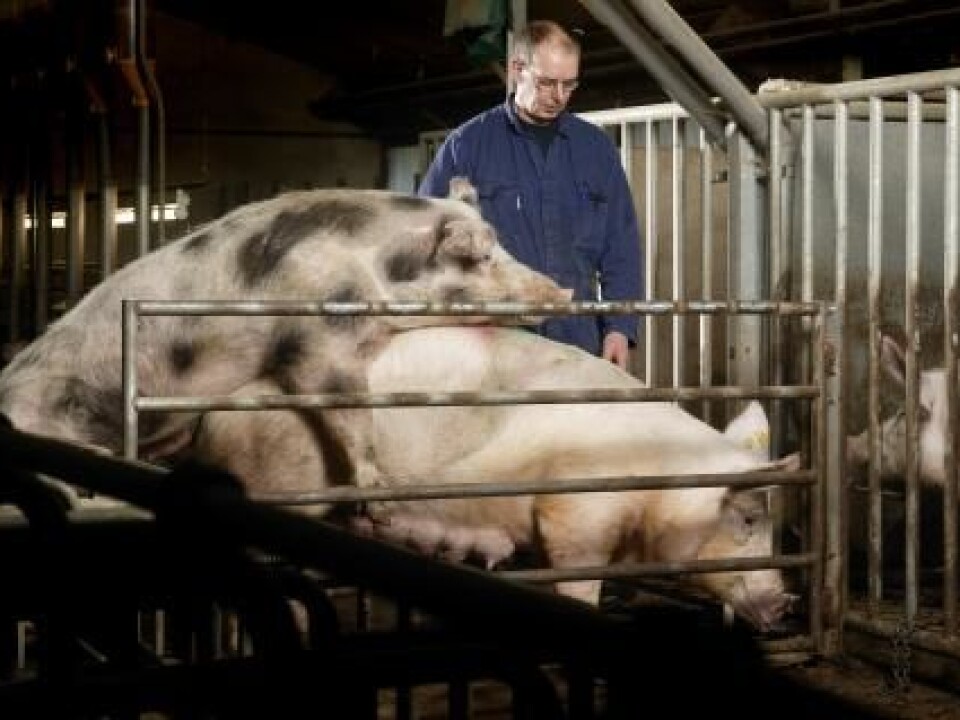
“There is a certain amount of subjectivity in checking the quality of boar sperm today,” says Claus Hansen, a PhD student at the Pig Research Centre, part of the Danish Agriculture and Food Council. He was responsible for developing the new method.
“The checks are often carried out manually by a laboratory worker who studies the sperm in a microscope and then estimates the sperm quality. With our new method we’re giving a numerical value to sperm quality and this can be analysed by a computer program, which results in a completely objective assessment.”
Can check men’s sperm quality
The program has already been tested and compared with manual checks of sperm quality. Hansen says that there are clear correlations between the two methods, which shows that the new method works.
Once the new method has been fully developed, Hansen believes that checking the quality of several hundred sperm samples automatically will be a quick and easy task that will not tie a laboratory worker to a microscope for a whole day. And there is the hope that the new method can also be used to check sperm from men.
With our new method we’re giving a numerical value to sperm quality and this can be analysed by a computer program, which results in a completely objective assessment.
“There are already machines that can measure the quality of human sperm, but they do not do it in the same way as our method,” says Hansen. “Nor are they used very often, and quality checks of men’s sperm are still mainly a manual process.”
Boar sperm is an industry
There are over 3,000 boars in Denmark, distributed across 12 boar stations, where each boar’s sperm is collected a couple of times a week and then sold to pig farmers.
Typically, a boar station has 300 boars that have been approved as sources of sperm that is collected for sale to pig farmers.
Boar stations are very important in Danish pig production, as 80 to 90 percent of all sows are inseminated with sperm from boar stations.
The result of the subsequent artificial insemination of the sows will be among the more than 25 million Danish pigs that end up as bacon or ham on our dining tables each year.
Pig farmers have a natural interest in buying sperm of the highest quality, as this is decisive for the number of suckling pigs produced by each sow. A sow’s litter will normally be 14-15 piglets, and poor-quality sperm can reduce the size of the litter by two or three piglets.
“There can be many reasons why a boar has poor-quality sperm,” says Hansen. “Boars are selected on the basis of their physical characteristics, and it is not until a boar has fathered many pig litters that the farmers find out whether the sperm quality is good or bad.”
Computer analyses sperm
Put simply, Hansen’s new invention is a microscope that magnifies the sperm cells, a camera that photographs the magnified sperm cells, and a computer program that analyses the sperm cell images.
The computer program is designed to measure the sperm cells using a number of physical parameters such as size, length, width and form. Then the program compares the parameters of several hundred sperm cells from the same sample. The quality is then determined on the basis of how physically uniform the cells are.
“Our figures indicate that the more uniform the sperm cells are, the better the sperm quality, while lower uniformity means poorer quality,” says Hansen. “Assessing sperm quality objectively by looking manually into a microscope can be difficult, but using our method you get a precise number for how uniform the cells are and thus a number indicating sperm quality.”
Two students at the Aarhus University School of Engineering wrote the computer program that analyses the sperm cell images.
------------------------------
Read this article in Danish at videnskab.dk
Translated by: Michael de Laine

